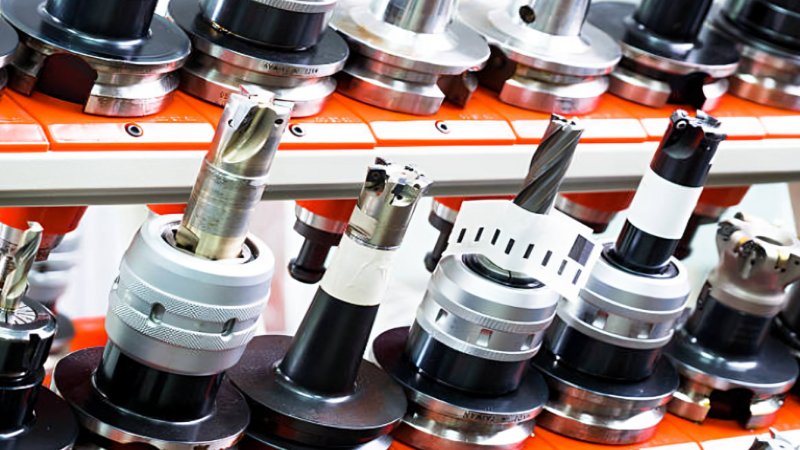In CNC machining, most attention is focused on the cutting tools themselves — end mills, drills, thread mills, and other precision cutters. But what many machinists overlook is that the tool holder is just as critical as the cutter. Without the right holder, even the sharpest tool can deliver poor results.
A lathe tool holder or milling holder isn’t just a clamp to secure a cutting tool. It’s the bridge between the spindle and the tool, and its quality directly affects accuracy, stability, and surface finish. Choosing the right holder can significantly reduce vibration, extend tool life, and improve part quality — all of which make a measurable difference in your machining results.
What Makes a “Good” Holder?
1. Rigidity and Stability
The primary job of a holder is to keep the tool rigid during machining. Any movement or deflection, even on a microscopic scale, impacts the cut. A quality holder ensures that the tool stays firmly in place, reducing chatter and maintaining tight tolerances.
2. Precision Fit
Good holders are manufactured to exacting tolerances to fit both the spindle and the cutting tool shank. A precise fit ensures minimal runout, which translates to smoother finishes and more accurate dimensions. Excess runout can lead to tool breakage or premature wear.
3. Balance and Vibration Control
High-speed machining generates significant forces, and an unbalanced holder can create harmful vibrations. Balanced holders reduce vibration, which not only improves cut quality but also protects the spindle and tool from long-term damage.
4. Material and Build Quality
Premium holders are typically made from hardened steel or high-performance alloys that resist wear and deformation. Investing in high-quality holders may cost more up front, but it pays dividends in tool life, reduced scrap, and improved efficiency.
5. Maintenance and Longevity
A good holder is designed for repeatable use. With proper care and maintenance—such as regular cleaning and inspections—a quality holder can last for years without compromising performance.
How to Match Holders to Your Tools
Selecting the right holder is about more than just grabbing one that fits your spindle. You need to consider the type of tool, the machining application, and the material you’re cutting.
1. Matching Holders to End Mills
For general-purpose milling, collet chucks and end mill holders are most commonly used. End mills require stable, rigid holders to handle side-loading forces during slotting and contouring. Weldon flat holders are ideal for heavy cutting, while precision collets are better for high-speed finishing. Choosing the right holder ensures your end mills deliver clean, consistent results without premature wear.
2. Matching Holders to Thread Mills
Treadmills are delicate tools designed for accuracy. To avoid runout that can ruin a thread, they need holders with extremely tight tolerances. High-precision collets or hydraulic holders are often recommended because they provide excellent concentricity. A poor holder can cause uneven thread depth or tool breakage, wasting both time and material.
3. Considering Tool Length and Stick-Out
Tool stickiness — how far it extends from the holder — directly affects performance. Longer stick-out increases the risk of vibration and deflection. Choosing holders that minimise stickiness while still providing clearance ensures maximum rigidity and accuracy.
4. Application-Specific Holders
Different operations call for different holder types. For example, heavy roughing benefits from Weldon-style holders, while finishing cuts require precise collets. Hydraulic holders are excellent for high-speed machining and delicate tools, while shrink-fit holders provide unmatched rigidity for demanding operations.
5. Balancing Performance and Cost
Not every job requires the most expensive holder. A beneficial strategy is to match the holder’s investment to the importance of the cut. For critical, high-tolerance work, premium holders are essential. For less demanding operations, standard holders may be sufficient.
Final Thoughts
Choosing the right holder is one of the most overlooked ways to improve machining performance. Holders directly impact rigidity, runout, balance, and vibration — all of which determine tool life and part quality. By matching the right holder to each tool, whether it’s an end mill or a thread mill, machinists can reduce waste, save money, and achieve consistently better results.
Ultimately, investing in high-quality holders is not just about protecting your cutting tools — it’s about enhancing your entire machining process. With the right holder, every cut is sharper, smoother, and more efficient.
See Also: What is a Bounce Rate Checker and How Does it Work?
